Home>Articles>How Do You Start A Gas Fireplace When The Power Is Out
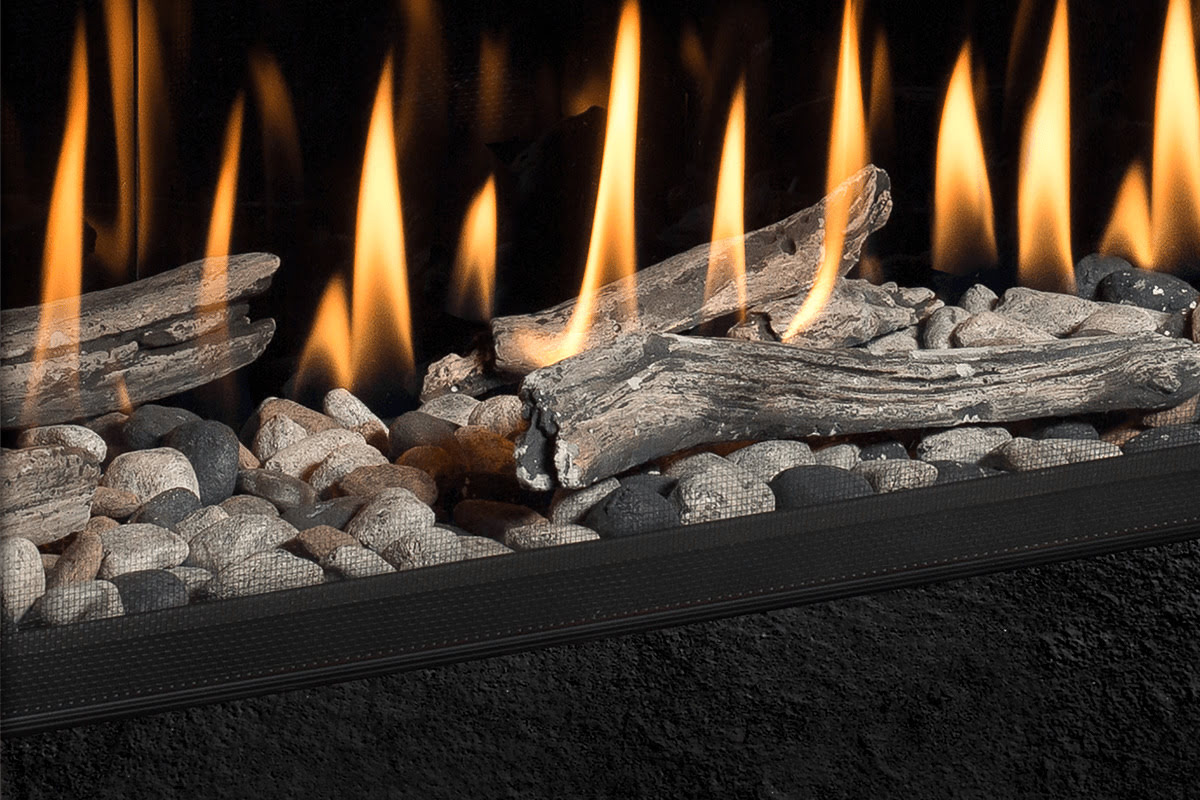

Articles
How Do You Start A Gas Fireplace When The Power Is Out
Modified: February 24, 2024
Learn how to start a gas fireplace even when the power is out. Read our informative articles for step-by-step instructions and safety tips.
(Many of the links in this article redirect to a specific reviewed product. Your purchase of these products through affiliate links helps to generate commission for Storables.com, at no extra cost. Learn more)
Introduction
Gas fireplaces have become a popular choice for homeowners looking to add warmth and ambiance to their living spaces. They provide a convenient and efficient alternative to traditional wood-burning fireplaces. However, there may be instances where you find yourself in a situation where the power is out, and you need your gas fireplace to keep you cozy during those chilly nights. So, how do you start a gas fireplace when the power is out?
In this article, we will guide you through the process of safely and effectively starting your gas fireplace manually when the power is not available. We will also offer troubleshooting tips to address common issues that can arise during the manual ignition process.
Before we dive into the steps, it is essential to understand that safety should always be the top priority. Gas fireplaces can pose risks if not handled properly. Ensure you follow all safety precautions and guidelines provided by the manufacturer and consult with a professional if you have any doubts or concerns.
Now, let’s explore the steps you need to take to start a gas fireplace when the power is out.
Key Takeaways:
- Stay Safe and Prepared
When starting a gas fireplace manually, prioritize safety by turning off the gas supply, ensuring ventilation, and using the right tools. Gather materials like a flashlight, long-reach lighter, and gloves for a smooth process. - Troubleshoot with Confidence
Address common issues when lighting your gas fireplace manually, such as gas flow problems or pilot flame issues, with troubleshooting tips. Prioritize safety and consult a professional for persistent issues or gas odor detection.
Read more: How To Clean Out A Gas Fireplace
Safety Precautions
Before attempting to start a gas fireplace manually, it’s crucial to take certain safety precautions to ensure the well-being of yourself and those around you. Here are some key safety measures to consider:
- Turn off the gas supply: Before starting any work on your gas fireplace, locate the main gas valve and turn it off. This prevents the flow of gas while you perform the manual ignition process.
- Allow for ventilation: Ensure that the area around the fireplace is well-ventilated. Open windows or doors if necessary to allow fresh air circulation and prevent the buildup of carbon monoxide.
- Use a flashlight: Since the power is out, you will need a reliable source of light to navigate your way around the fireplace. Use a flashlight and avoid using candles, as they pose a fire hazard.
- Keep flammable materials away: Make sure there are no flammable materials, such as paper or fabrics, near the fireplace. Clear the area to prevent any potential accidents.
- Read the manufacturer’s manual: Familiarize yourself with the specific safety guidelines and instructions provided by the manufacturer of your gas fireplace. Different models may have specific requirements for manual ignition.
By adhering to these safety precautions, you can ensure a secure environment when starting your gas fireplace manually.
Assessing the Situation
Before proceeding with manually starting your gas fireplace, it’s essential to assess the situation and determine if it is safe to do so. Here are some factors to consider:
- Power outage cause: Understand the reason behind the power outage. If it’s a local issue that will be resolved soon, it might be best to wait for the power to come back on. However, if it’s a prolonged outage or you anticipate needing heat for an extended period, proceed with the manual ignition process.
- Visibility of the pilot light: Take a look at the pilot light. If you can see a blue or yellow flame, it indicates that the pilot light is already lit. In this case, you only need to turn on the gas valve to activate the fireplace.
- Inspect for damage: Check the gas fireplace for any visible damage or signs of malfunction. Look for loose connections, leaks, or any components that seem out of place. If you notice any significant issues, it’s best to consult a professional before attempting to start the fireplace manually.
Assessing the situation beforehand will help you determine if manual ignition is necessary and ensure that you proceed safely.
Gathering the Necessary Materials
Before you can start your gas fireplace manually, it’s important to gather the necessary materials. Having these items ready will ensure a smooth and efficient process. Here are the materials you will need:
- Flashlight: As mentioned earlier, a reliable flashlight is essential for providing visibility in the dark. Make sure you have a working flashlight with fresh batteries.
- Long-reach lighter or matches: Since the power is out, you will need an alternative ignition source to light the pilot flame. A long-reach lighter or matches are ideal for reaching the pilot light without putting your hand too close to the flames.
- Protective gloves: Investing in a pair of protective gloves will keep your hands safe during the manual ignition process. They will protect you from any potential burns or heat-related injuries.
- Gas valve key: A gas valve key is a specialized tool used to turn on and off the gas supply to your fireplace. Ensure you have the correct size of gas valve key that fits your fireplace’s gas valve.
- Owner’s manual: Keep your gas fireplace’s owner’s manual handy, as it contains specific instructions and troubleshooting information for your particular model.
Having these materials readily available before starting the manual ignition process will make the task more efficient and help ensure your safety.
If your gas fireplace has a manual ignition system, you can start it by using a long lighter or a match. Make sure to follow the manufacturer’s instructions and safety guidelines.
Lighting the Gas Fireplace Manually
Now that you have assessed the situation, gathered the necessary materials, and taken all the safety precautions, you can proceed with lighting your gas fireplace manually. Here is a step-by-step guide to help you through the process:
- Locate the gas valve: Find the main gas valve for your fireplace. It is usually located near the fireplace or in the utility room. Turn the valve to the “Off” position.
- Find the pilot assembly: Identify the pilot assembly, which is where the flame will be ignited. Check your owner’s manual to locate the specific position of the pilot assembly for your fireplace model.
- Turn the gas control knob: Locate the gas control knob, usually found near the pilot assembly. Turn it to the “Pilot” position.
- Press and hold the reset button: Look for the reset button on the gas control valve. Press and hold it while continuing to hold down the gas control knob. This will begin the flow of gas to the pilot assembly.
- Ignite the flame: Use a long-reach lighter or matches to ignite the gas at the pilot assembly. Place the flame near the pilot assembly and carefully light it. Once lit, continue to hold down the gas control knob for about 30 seconds to allow the flame to stabilize.
- Switch the gas control knob: After 30 seconds, release the gas control knob and turn it from the “Pilot” position to the “On” position. This will activate the main burner and allow the gas fireplace to produce heat.
Once you have successfully lit the pilot flame and switched the gas control knob to the “On” position, your gas fireplace should be up and running manually. Enjoy the warmth and comfort it provides!
Troubleshooting Tips
While manually lighting your gas fireplace, you may encounter some common issues. Here are a few troubleshooting tips to help address them:
- No gas flow: If you do not hear or smell gas when trying to light the pilot, make sure the gas supply to the fireplace is turned on. If it is, check for any obstructions or damages to the gas line. If the issue persists, contact a professional.
- Pilot won’t stay lit: If the pilot flame goes out after releasing the gas control knob, it may indicate a problem with the thermocouple or thermopile. These components detect if the pilot flame is on and allow gas flow. Cleaning or replacing them may be necessary.
- Weak or flickering flame: If the pilot flame appears weak or flickering, it could be due to a dirty or clogged pilot orifice. Use compressed air to clean the orifice, or contact a professional for assistance.
- Main burner won’t ignite: If the pilot flame is lit, but the main burner does not ignite when switching the gas control knob to the “On” position, it may indicate an issue with the ignition system or the gas valve. Consult a professional for proper diagnosis and repair.
- Unusual smells or gas odor: If you smell gas or detect an unusual odor, immediately turn off the gas supply, ventilate the area, and contact your gas supplier or a professional technician to inspect for gas leaks or other safety concerns.
Remember, if you are unsure about any troubleshooting steps or encounter persistent issues, it is best to consult a professional for guidance and assistance to ensure the safety and proper functioning of your gas fireplace.
Conclusion
When the power is out, and you need to start your gas fireplace, following the proper steps and taking necessary precautions is crucial for a safe and effective manual ignition process. By assessing the situation, gathering the necessary materials, and understanding the steps involved, you can successfully start your gas fireplace and enjoy its warmth and ambiance.
Remember to prioritize safety at all times. Turn off the gas supply, ensure proper ventilation, use a flashlight, and keep flammable materials away from the fireplace. Familiarize yourself with the manufacturer’s guidelines and consult a professional if needed.
If you encounter any issues during the manual ignition process, troubleshooting tips can help address common problems. From checking the gas flow to addressing pilot flame issues, these tips can assist in resolving minor issues. However, if you experience persistent problems or detect gas leaks, it is best to seek professional assistance to ensure your safety.
Having the knowledge and ability to start your gas fireplace manually when the power is out provides peace of mind and comfort during those chilly nights. Remember to practice these steps and safety precautions to ensure a smooth and enjoyable experience with your gas fireplace.
We hope this article has provided the necessary guidance and information to help you start your gas fireplace manually when needed. Stay safe, and enjoy the warmth and cozy atmosphere that your gas fireplace brings, even during a power outage!
Frequently Asked Questions about How Do You Start A Gas Fireplace When The Power Is Out
Was this page helpful?
At Storables.com, we guarantee accurate and reliable information. Our content, validated by Expert Board Contributors, is crafted following stringent Editorial Policies. We're committed to providing you with well-researched, expert-backed insights for all your informational needs.

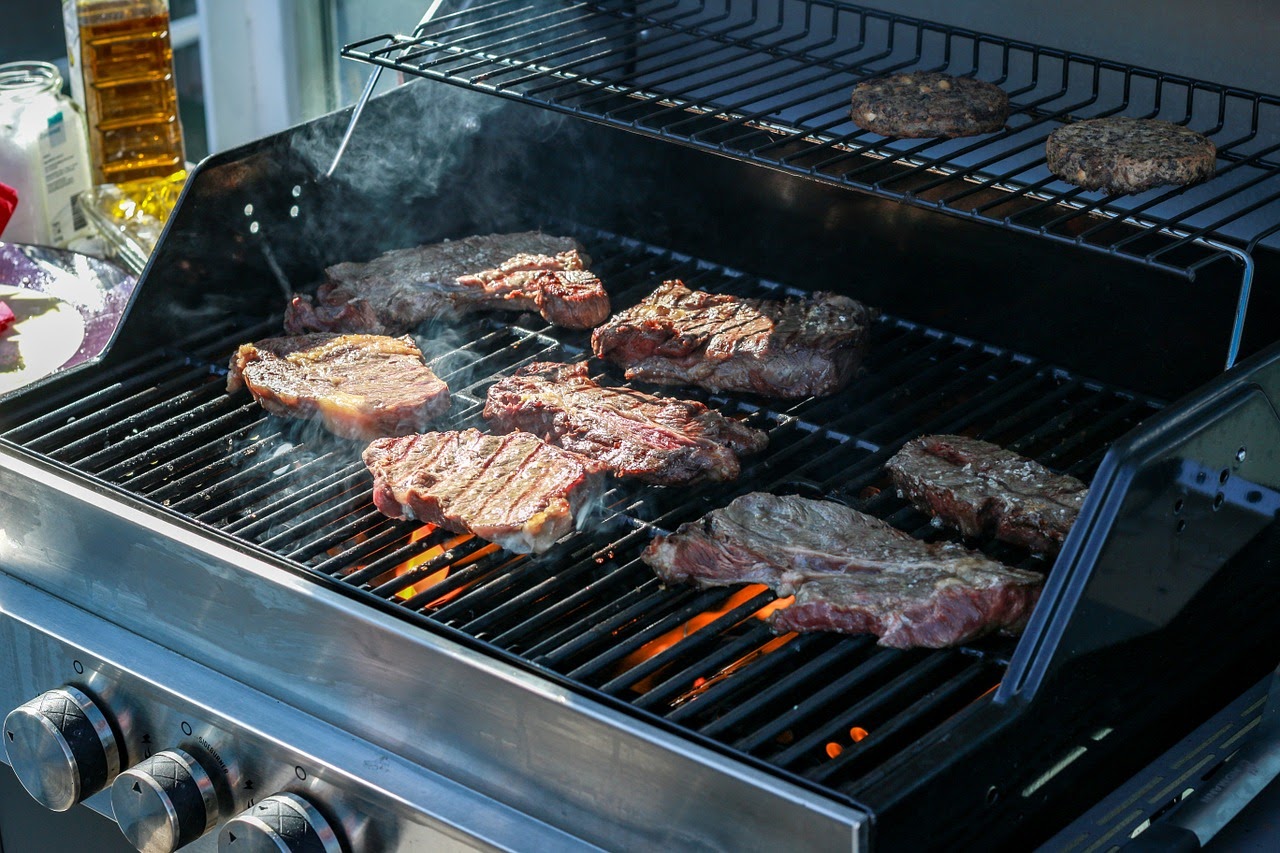

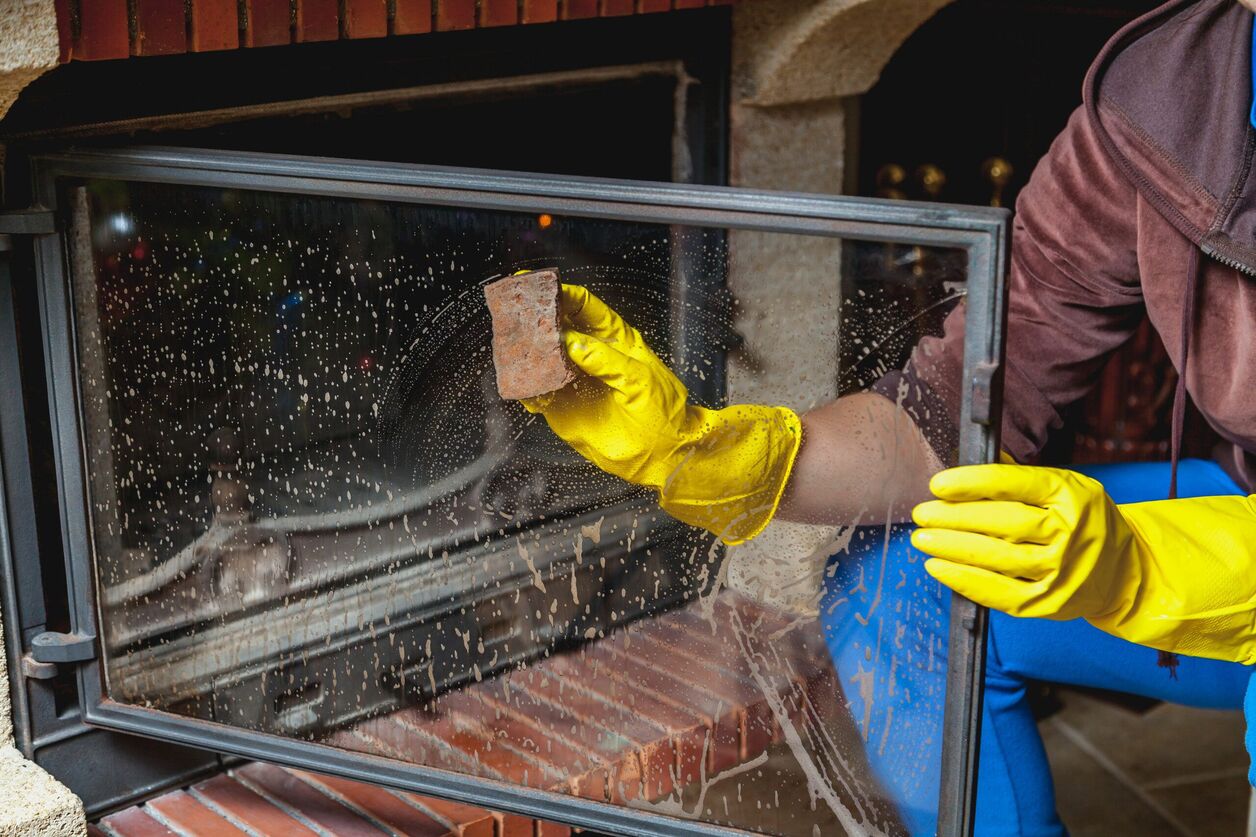

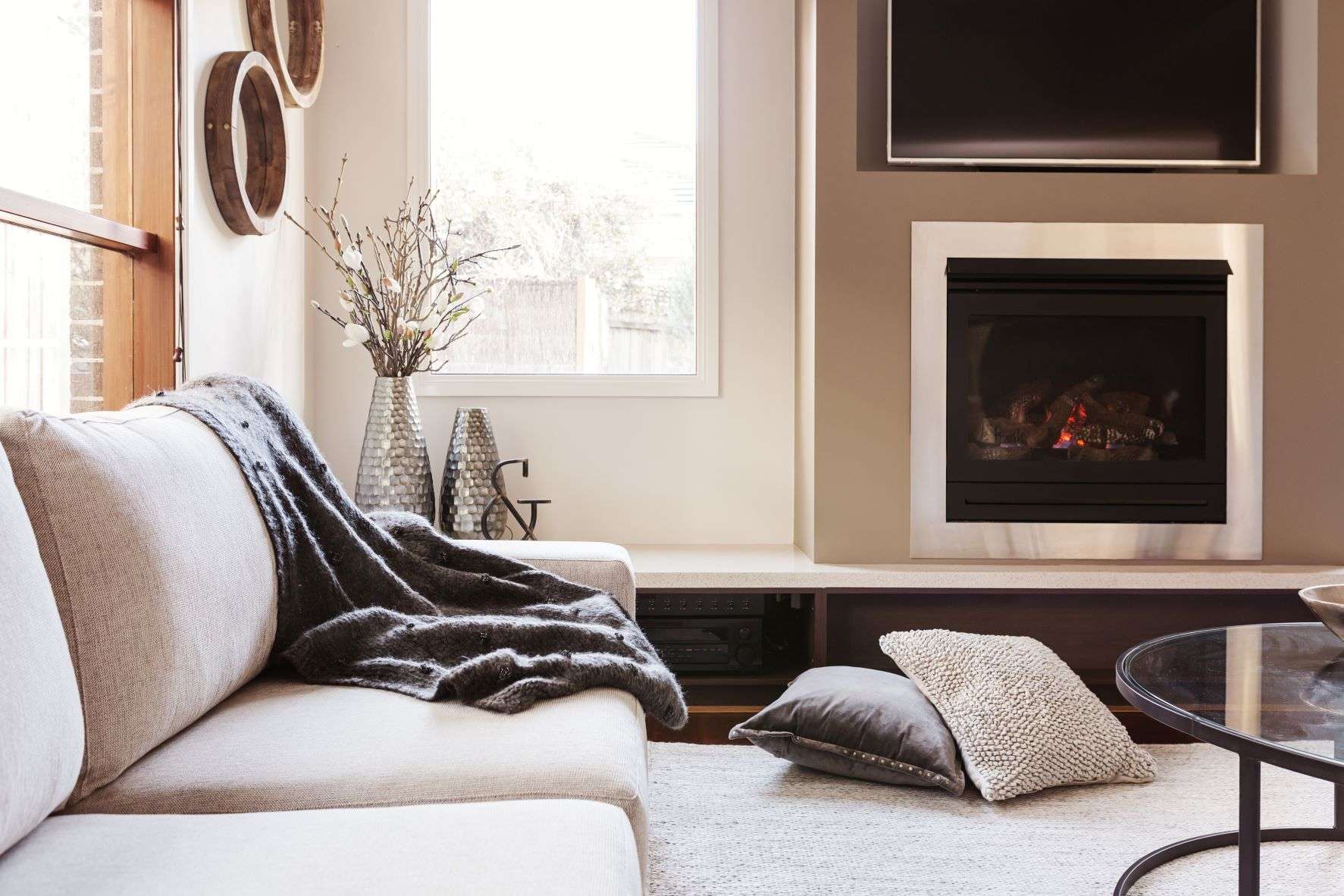
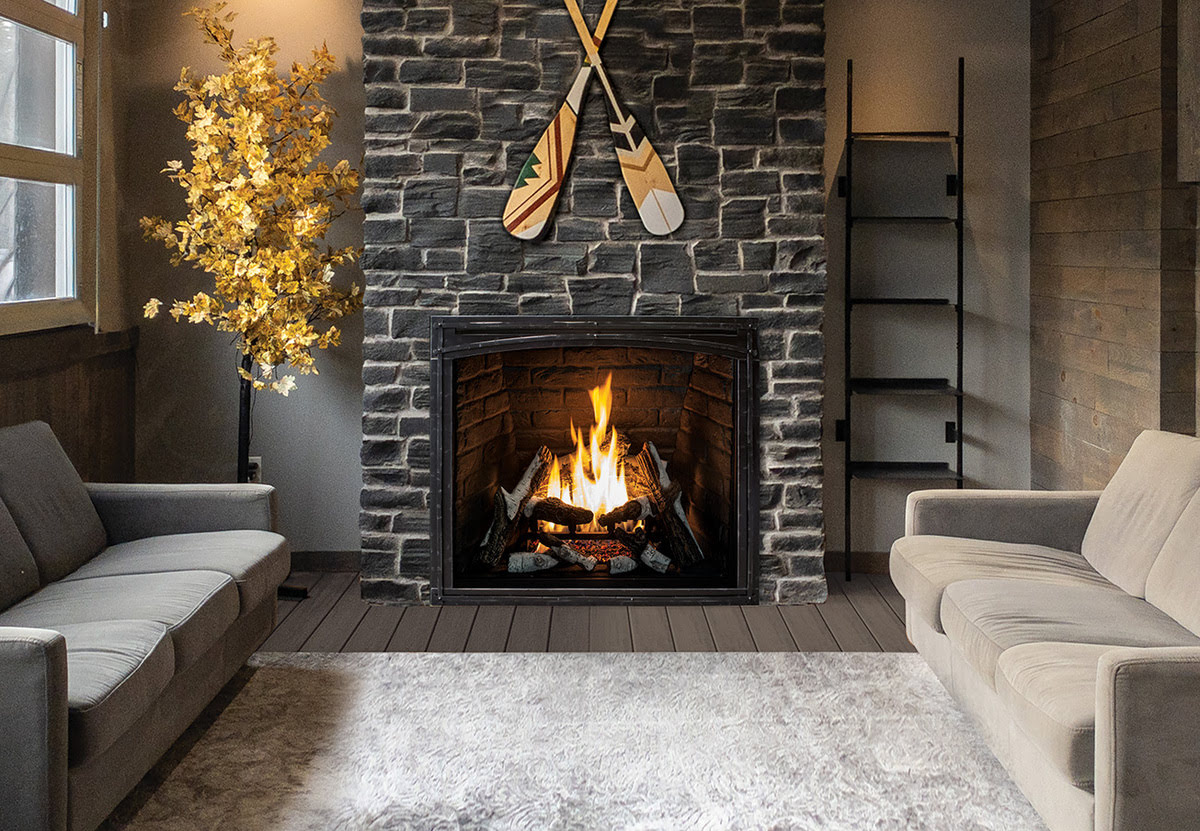

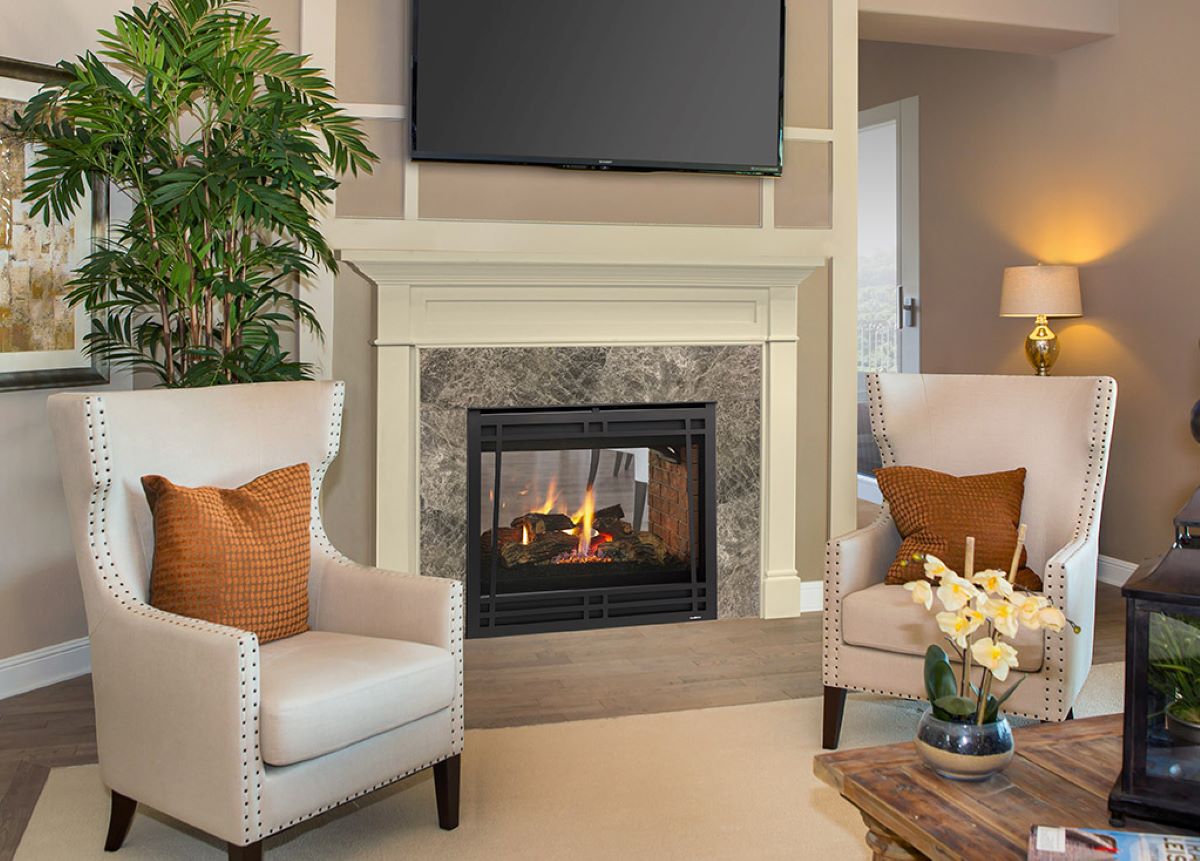

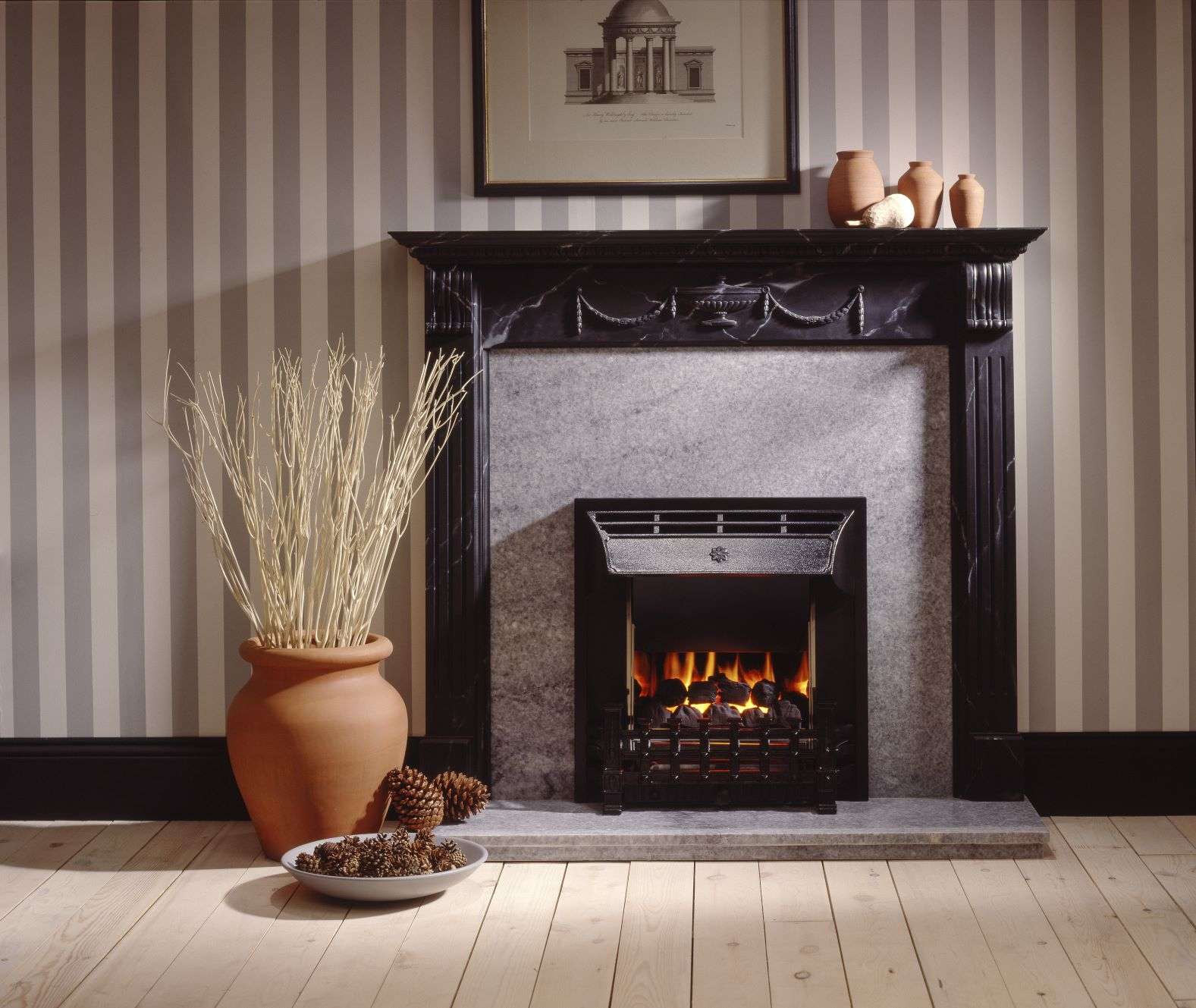

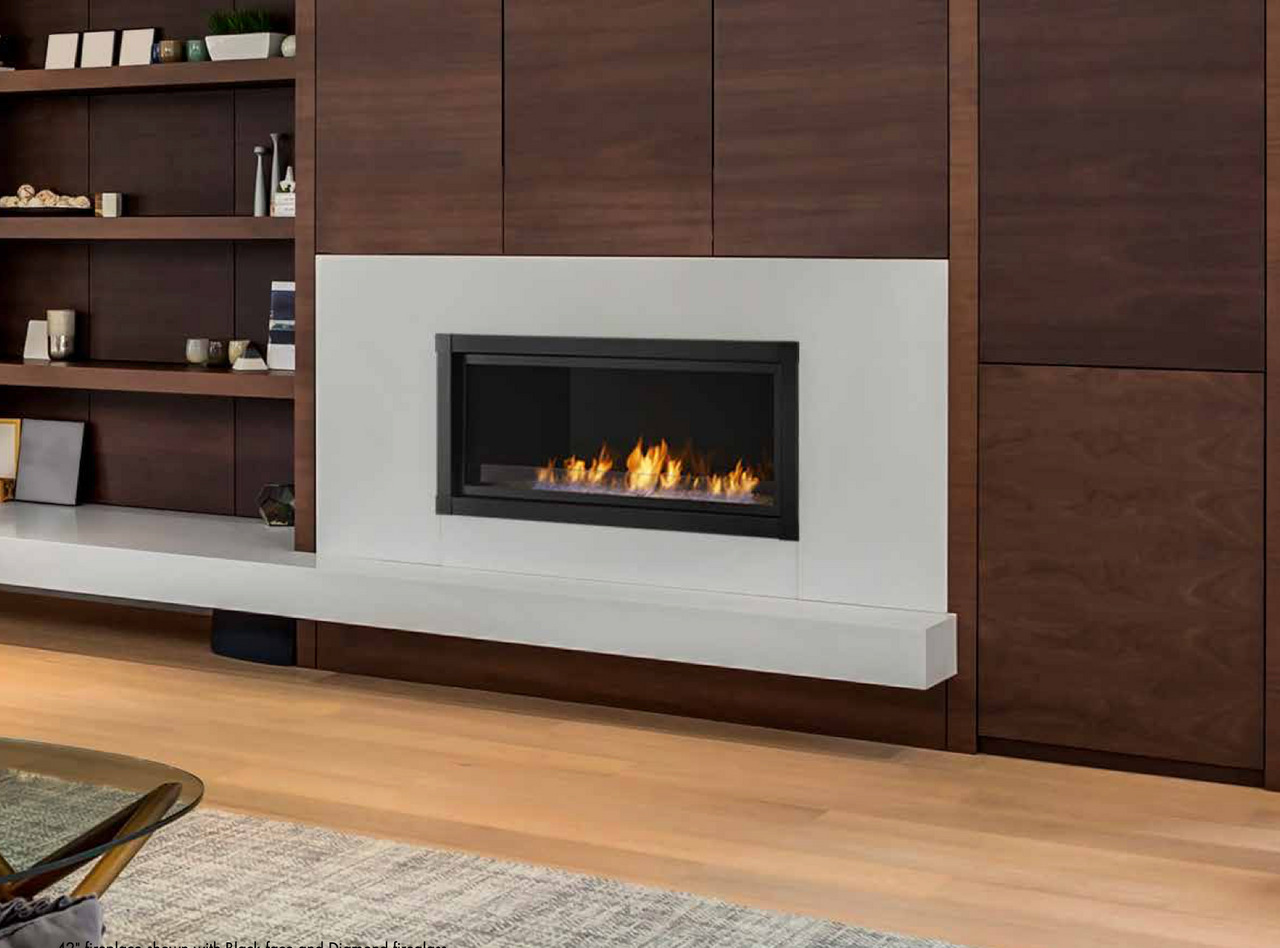
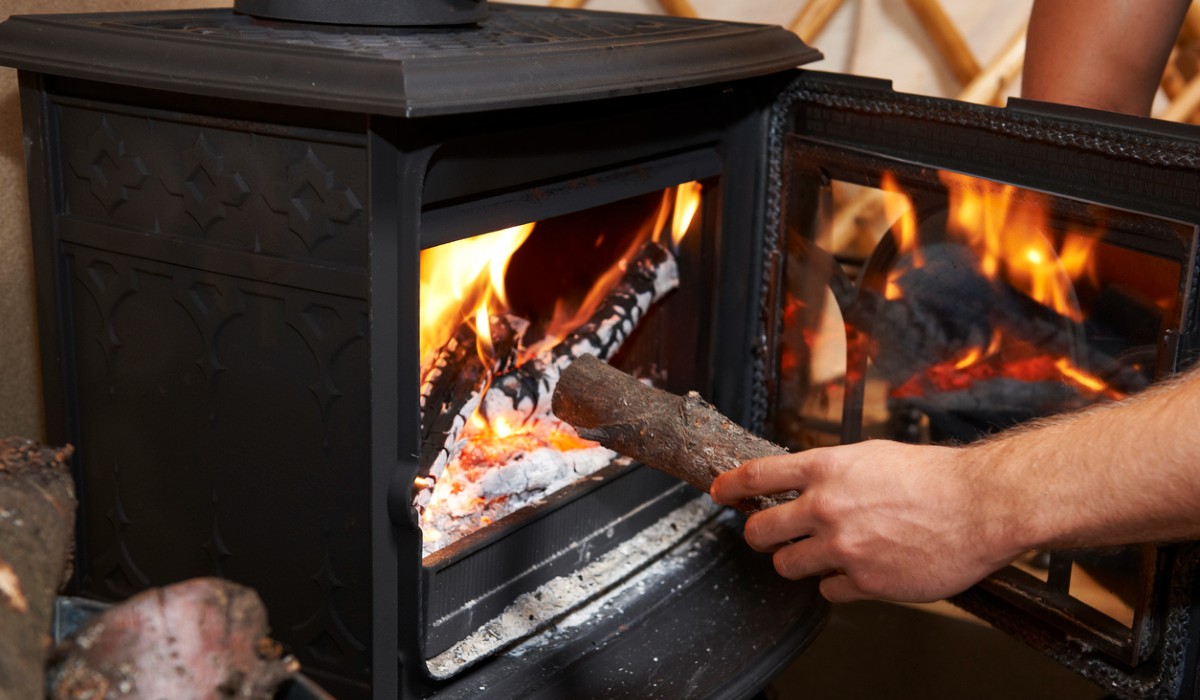

0 thoughts on “How Do You Start A Gas Fireplace When The Power Is Out”